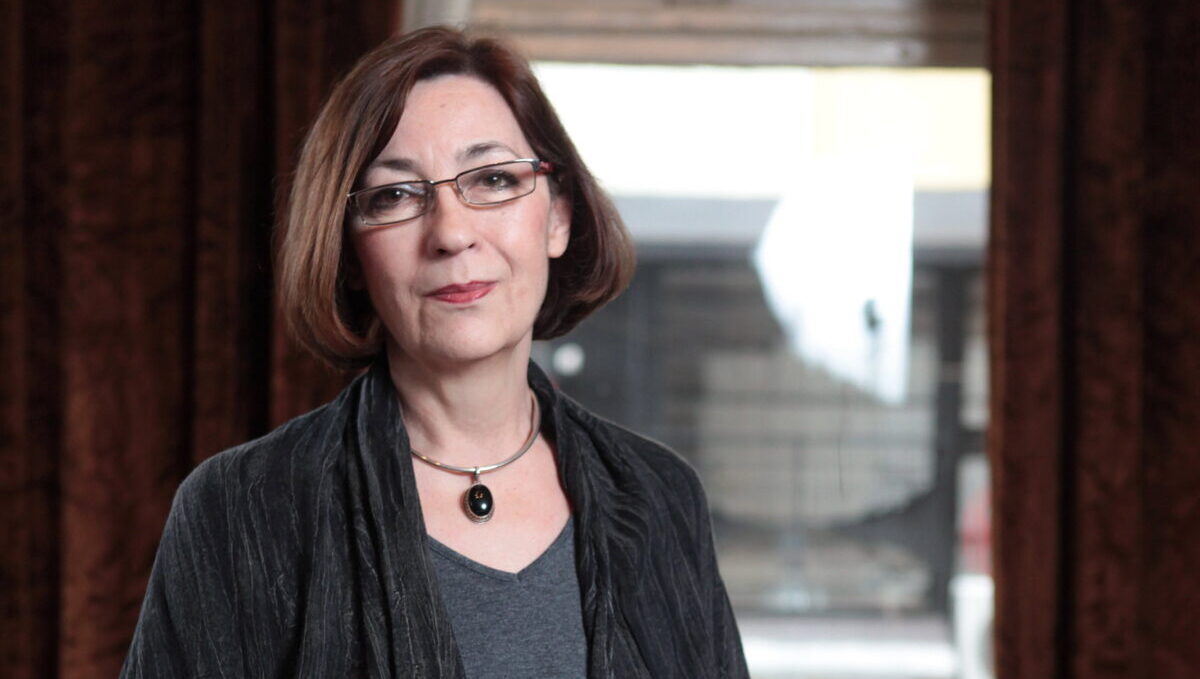
Although the pandemic was ongoing in 2021, it seems that we are slowly coming out of the crisis. What has been the overall impact of the pandemic and Covid-19 crisis on culture? How much have the cultural institutions adapted and recovered?
Depending on life habits and patterns, formats of trench-fighting with the COVID-19 virus, but also the ability to adapt to new living conditions, both personal and institutional responses to new opportunities have been formed. Every institution consists of postulates, rules and regulations, but also people who work in these systems. The pandemic reminded me again of the greatness and courage of museum experts, who decided to study archaeology, art history, classical sciences and related disciplines at a very young age, and who are guided by their love for cultural heritage in their daily work.
By experimenting with digital communication channels, our digital presence has become louder and more dynamic. We have created numerous VR exhibitions, 3D models of museum facilities, virtual tours through exhibitions, video presentations of exhibits or selected topics, guided video tours with curators, etc. One of the successful programmes we developed during the pandemic was the online programme ‘The National Museum in the Classroom’ created for school children. I have to admit that we lack physical contact and spoken words that fill museum galleries. To that end, I hope that the current trend of the growing number of visitors will continue so that we can find new functionality for museum institutions soon.
More substantial investments in culture have been announced for this year. What do we need to do to have even bigger investments in culture, but also to attract more audiences to cultural events?
As a museum worker, I cannot but express enough my satisfaction with the fact that thanks to the efforts of the Ministry of Culture and Information, investments in culture will be greater and more purposeful. It is impossible to create quality content that meets the demanding requirements of end-users without significant investments. It is crucial to observe and understand that culture, and especially cultural heritage, is not a sphere where large amounts of money are usually spent, but an area that generates new experiences and experiences on a small budget, greatly affecting the quality of life of all of us.
Only when we experience culture in the right way and when we know what it serves each of us and in what way it is relevant for us and our everyday life, we can expect even more significant investments. The National Museum directs a large part of its professional resources to programmes for the public, confident that through conversations, workshops, expert guides, lectures, film screenings and other forms of socializing we can truly influence the attitudes towards heritage, art and past and lasting values that the museums are the most prominent vehicles for. We hope to continue to develop a museum that truly belongs to everyone equally and that preserves our common cultural heritage.